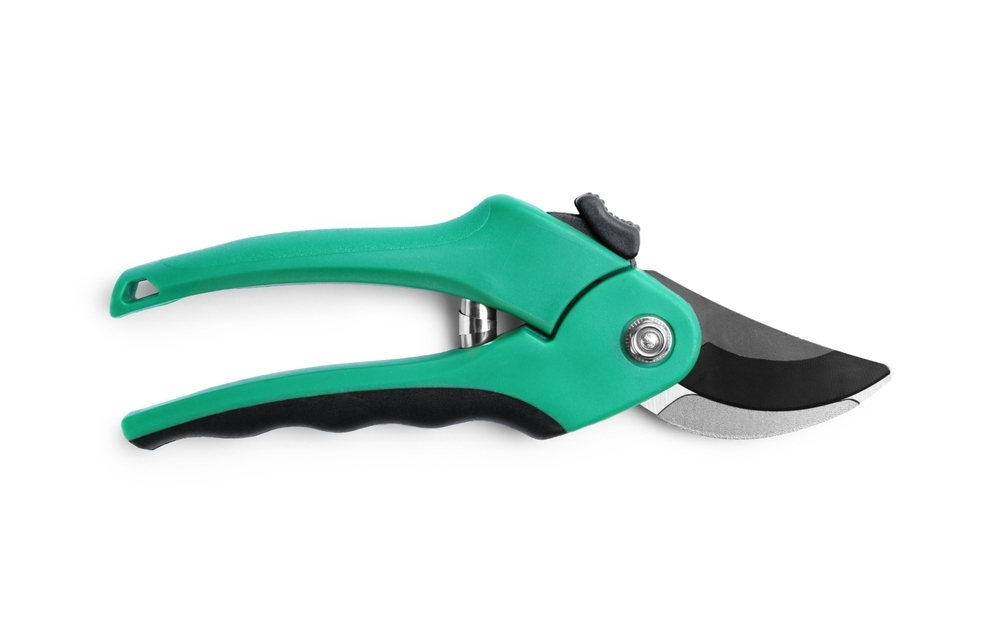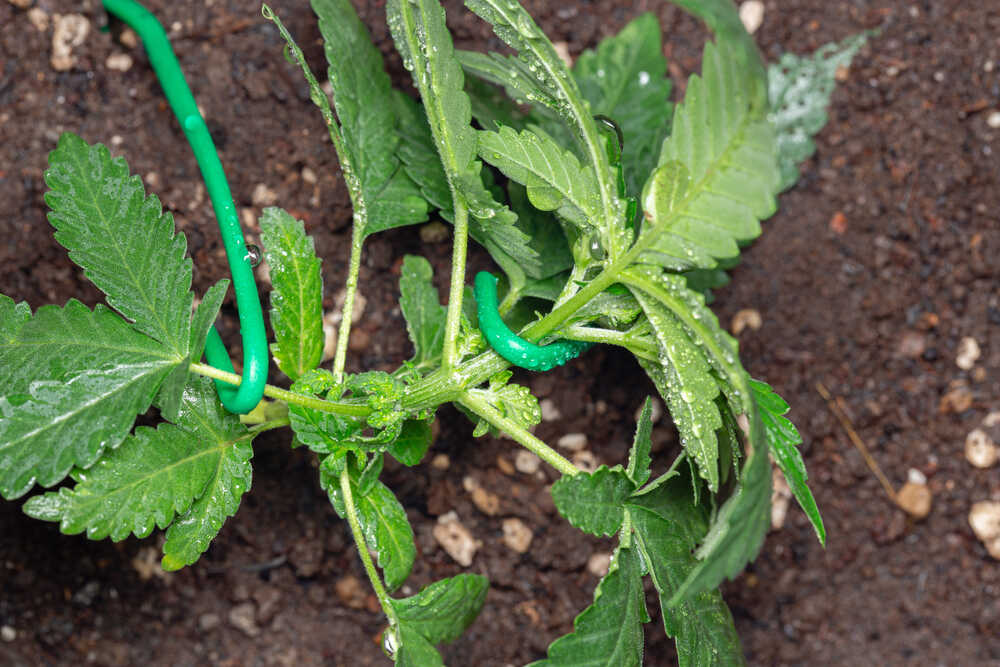The Best Fluffy Pancakes recipe you will fall in love with. Full of tips and tricks to help you make the best pancakes.

How to Defoliate Autoflowering Plants?
Growing autoflowering cannabis can be a fun and rewarding experience, but like any plant, it needs a little love and care. One technique that many growers swear by is defoliation, which can increase your yields when done right. While it might sound a bit complicated at first, it’s really just a matter of removing leaves to help the plant focus on producing a better harvest. In this guide, I’ll walk you through the whole process in a way that makes sense, so you can help your plants thrive without adding too much stress.
What is Defoliation and Why Defoliate Autoflowers?
Defoliation is essentially the process of pruning your cannabis plant by cutting away some of its leaves. The goal is to help the plant channel its energy toward producing big, healthy buds instead of wasting it on unnecessary foliage. Defoliating autoflowers might sound risky because of their short growth cycle, but with the right approach, it can actually help improve your yields and promote overall plant health.
Definition of defoliation and its role in cannabis growing
When we talk about defoliation, we’re talking about selectively removing leaves to allow more light and air to reach the vital parts of the plant. This process is used in cannabis growing to increase light penetration and improve airflow, which are both crucial for proper bud development. By trimming off some leaves, you help the plant direct its energy towards where it counts—its flowers, resulting in an increase in overall yields.
Benefits of defoliating autoflowers (improved light penetration, airflow, and nutrient distribution)
Defoliating autoflowers can give your plants a real boost. Here’s why:
- Improved light penetration: By removing the larger leaves, you allow light to reach the lower parts of the plant, which helps buds in those areas grow larger and more evenly.
- Better airflow: Fewer leaves mean better circulation of air around your plant, reducing the risk of mold and pests.
- Nutrient efficiency: With fewer leaves, the plant can use its resources more effectively, sending more energy and nutrients to the developing buds, ultimately improving your harvest.
Risks of defoliating autoflowers (over-defoliation and stress on plants)
Because autoflowers have a shorter life cycle, they don’t have as much time to recover from stress. Over-defoliation—cutting too many leaves at once—can stunt their growth or lower yields. You want to avoid stressing the plant too much, especially during the flowering stage when it needs those leaves to help power bud growth.
When to Defoliate Autoflowering Plants?
Timing is everything when it comes to defoliating autoflowering cannabis. Since these plants grow on a fixed schedule, you’ve got to be careful about when and how much to remove.
Best time to start defoliation (vegetative stage vs. flowering stage)
The best time to start defoliation is during the vegetative stage when the plant is growing rapidly. By waiting until your plant has at least 3 to 5 sets of leaves, you ensure it’s strong enough to handle the stress. During the flowering stage, however, you should minimize defoliation since this is when the plant needs its energy to produce buds. If you have to defoliate during flowering, do so sparingly and only remove leaves that are absolutely necessary.
How to avoid over-defoliating during the vegetative stage
To avoid over-defoliating, start slow. Remove only a few of the large fan leaves that block light from reaching the lower parts of the plant. Keep an eye on how the plant reacts—if it’s growing strong, you can trim a bit more. But remember, only remove about 10-20% of the leaves at a time to avoid stressing the plant.
Why defoliation in the flowering stage is risky and how to proceed cautiously
In the flowering stage, the plant relies on its leaves to generate energy for bud development. Removing too many leaves can slow down this process and lower your yield. If you need to defoliate during this phase, focus on dead or yellowing leaves that aren’t contributing much. The key is to be cautious—less is more when it comes to flowering.
Step-by-Step Guide to Defoliating Autoflowering Plants
Let’s break down how to defoliate your plants the right way. With the right tools and a gentle approach, your plants will handle it just fine.
Tools you need for defoliation (scissors, alcohol, gloves)

Here’s what you’ll need to get started:
- Sharp scissors or pruning shears: Sharp blades make cleaner cuts, which reduces plant stress.
- Rubbing alcohol: Sterilize your tools to prevent introducing bacteria or fungi.
- Gloves (optional): These will keep your hands clean and prevent resin from sticking to your fingers.
Identifying which leaves to remove (large fan leaves, leaves blocking light)
Focus on the large fan leaves, especially the ones that block light from reaching the lower parts of the plant. These are typically the biggest leaves, and they can shade the buds you want to develop. Also, remove any yellow or damaged leaves as they no longer help the plant.
How to cut leaves safely (technique for minimizing plant stress)
Always cut the leaves at their base, where they connect to the stem. Make sure your cuts are clean and precise—don’t tear the leaves off, as this could cause damage. If you’re cutting multiple leaves, do it gradually to minimize stress on the plant.
Monitoring plant health post-defoliation (signs of stress, adjusting care routine)
After defoliation, keep an eye on your plant. Signs of stress include wilting, yellowing, or slowed growth. If you notice any of these, give your plant some time to recover and consider adjusting your watering or feeding routine to help it bounce back.
Common Defoliation Mistakes and How to Avoid Them
Defoliation can be beneficial, but it’s easy to get carried away. Let’s look at a few common mistakes and how to avoid them.
Over-defoliation and its consequences (stunted growth, lower yields)
The biggest mistake is removing too many leaves at once. Over-defoliation can stunt the plant’s growth, reduce your yields, and delay bud production. To avoid this, always start with small cuts and gauge the plant’s response.
Defoliating unhealthy plants and why it should be avoided
If your plant is already stressed—maybe from nutrient deficiencies or pests—hold off on defoliating. Adding more stress to an unhealthy plant can make things worse. Focus on fixing those issues before you start trimming.
Using alternative techniques (LST, leaf tucking) as substitutes
If you’re not comfortable with defoliation or want to be extra gentle, try Low-Stress Training (LST) or leaf tucking. With LST, you bend the branches to expose more light without removing any leaves. Leaf tucking involves simply tucking larger leaves out of the way to let more light in.
Combining Defoliation with Other Training Techniques
Defoliation works even better when combined with other plant training techniques. Let’s explore how.

Low-Stress Training (LST) vs. defoliation
LST involves bending and tying down branches to create a more even canopy. This allows more light to penetrate the plant, just like defoliation, but without removing any leaves. The best part is, it doesn’t stress the plant as much.
Combining defoliation with LST for optimal results
You can use LST and defoliation together for even better results. Start by using LST to spread out the canopy, then do some light defoliation to expose the lower buds to more light. This combination can help increase your yields and improve your harvest overall.
Why topping is not recommended for autoflowers and how defoliation can help instead
Topping, which involves cutting the main stem to encourage more branches, is not ideal for autoflowers. Their short life cycle means they might not have time to recover from the stress. Defoliation is a gentler alternative that still allows you to control the plant’s size and shape without causing too much stress.
FAQ:
Can you defoliate autoflowers during flowering?
Yes, but keep it minimal. Remove only a few leaves that block airflow or light to avoid stressing the plant.
How many leaves should you remove when defoliating autoflowers?
Remove about 10-20% of the plant’s foliage at a time, focusing on larger fan leaves that block light and airflow.
What are the benefits of defoliating autoflowers?
Defoliation improves light penetration, airflow, and nutrient uptake, resulting in better bud development and a healthier harvest.
What tools are needed to defoliate autoflowers?
You’ll need sharp scissors or pruning shears, rubbing alcohol for sterilizing, and gloves if you prefer.
How can defoliation impact the overall yield of autoflowers?
Defoliation can increase yields by directing more energy to the buds instead of unnecessary leaves, improving their growth.
Defoliating your autoflowering plants might sound intimidating at first, but with the right technique, it’s an easy way to improve your harvest. Just remember to start slow, monitor your plant’s health, and keep things light during flowering. By combining defoliation with other techniques like LST, you can boost your yields without stressing your plants too much. Happy growing!




